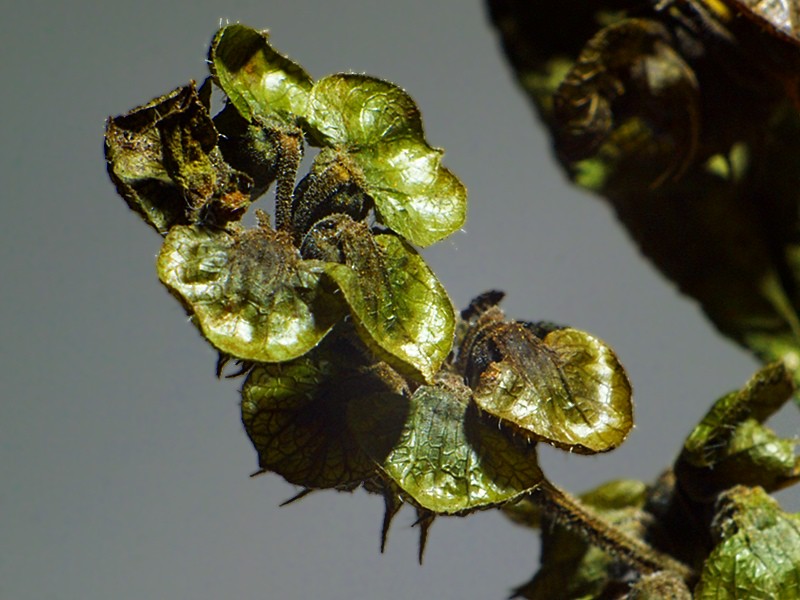Photography
Related: About this forumDried Basil using extension tubes and a Suntar 135mm lens.
It was lit with LED lights.

Little Star
(17,055 posts)little hairs on those leaves.
alfredo
(60,071 posts)I decided to try a telephoto so I can stand back a bit. It worked. It gives me more depth of field.
Major Nikon
(36,818 posts)If you use a shorter lens and keep the magnification ratio the same, depth of field doesn't change by much if any. However, what it does do is give you more subject isolation, which means the out of focus areas will be more out of focus than they would be with a shorter lens. This is a very good thing under many circumstances. Many wildlife photographers use standard 300mm telephotos with 50mm or so of extension to increase magnification ratios. This gives them the benefit of longer working distances and improved subject isolation compared to something like a 200mm macro at the same magnification ratio.
One problem you can run into with putting extension on standard lenses is the quality falls off quite rapidly the more extension you use. The reason is because standard lenses aren't designed to focus that closely and lack the floating elements that true macro lenses have. What I've found is that you can get away with about 1/3rd as much extension as your focal length on standard lenses. In other words, if you have a 135mm lens, you can get by reasonably well with up to about 45mm of extension. This is just my own rule of thumb and is going to depend greatly on how well your particular lens is optimized for higher magnification ratios.
alfredo
(60,071 posts)Gives me a bit more flexibility.
Lighting is so important, especially with a camera with mediocre low light performance. I have the Oly EPL-1.
Major Nikon
(36,818 posts)That's why lenses for smaller format cameras tend to not go beyond f/16. Think of a garden hose with the water running. When you put your thumb over the end of the hose, the smaller you make the opening, the more the water spews out in a wider pattern. This is more or less an analogy of what happens with small aperture openings. The effect is more pronounced the smaller the sensor is. With an APS-C sized sensor, I can get away with f/16, and sometimes f/22. I know some who have even higher standards and won't go smaller than f/8 on APS-C. I've never owned a micro 4/3rds camera, but I'd expect f/22 to be very near the point at which quality falls off significantly. That's why some use focus stacking in post processing to get more DOF with macro photography. I've never tried this, but some of the photos I've seen look pretty impressive.
For much of my macro stuff, I use multiple flash setups. I've never tried using LED lighting because some of the early stuff I saw didn't put out that much light. I'm sure it's better now.
alfredo
(60,071 posts)Sherman A1
(38,958 posts)Thanks for posting!![]()
HopeHoops
(47,675 posts)alfredo
(60,071 posts)Our reality is formed, in part by our scale. To a mouse it is just another dead plant.
HopeHoops
(47,675 posts)alfredo
(60,071 posts)Solly Mack
(90,758 posts)I love your eye.